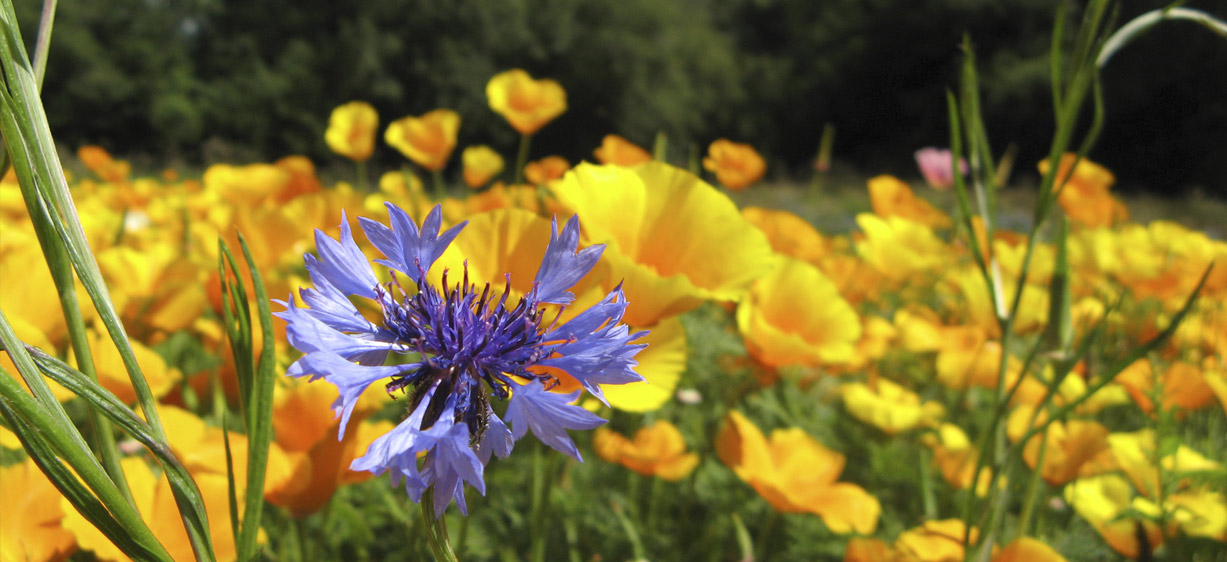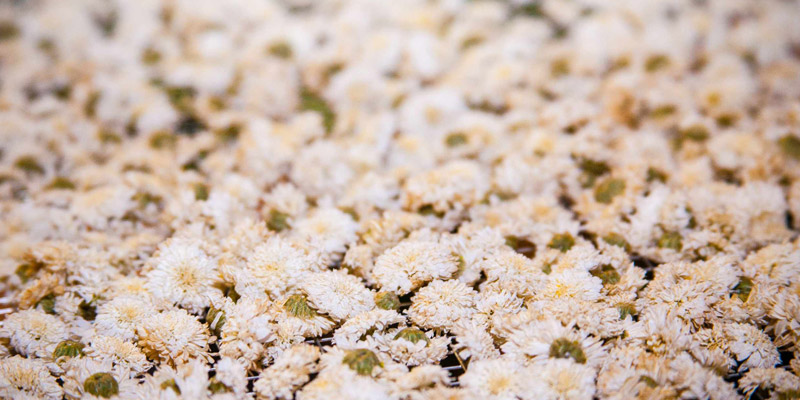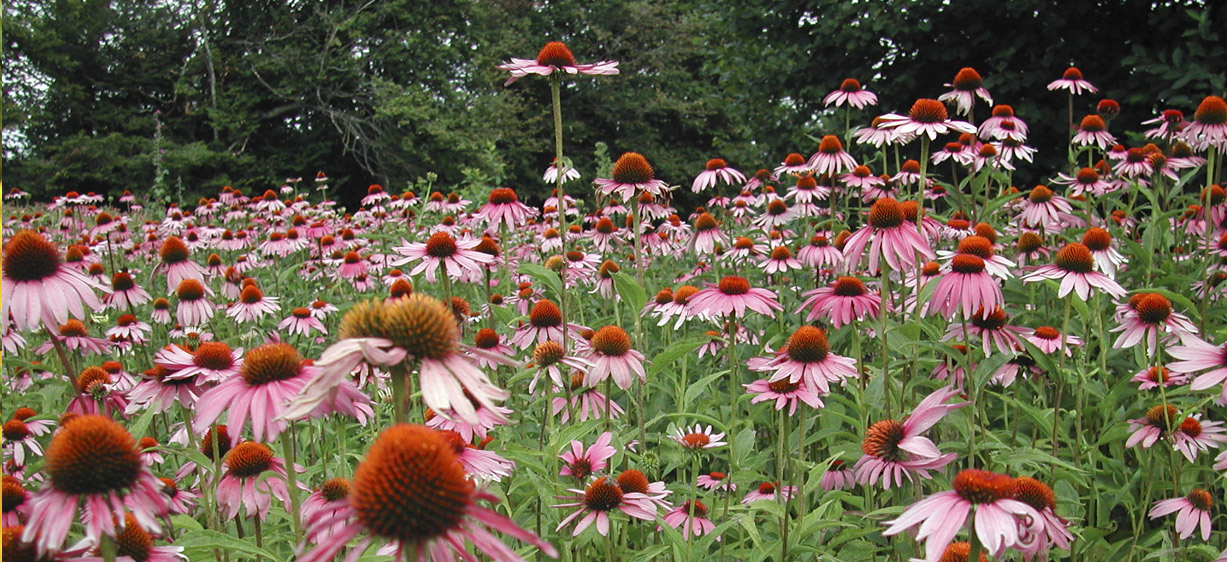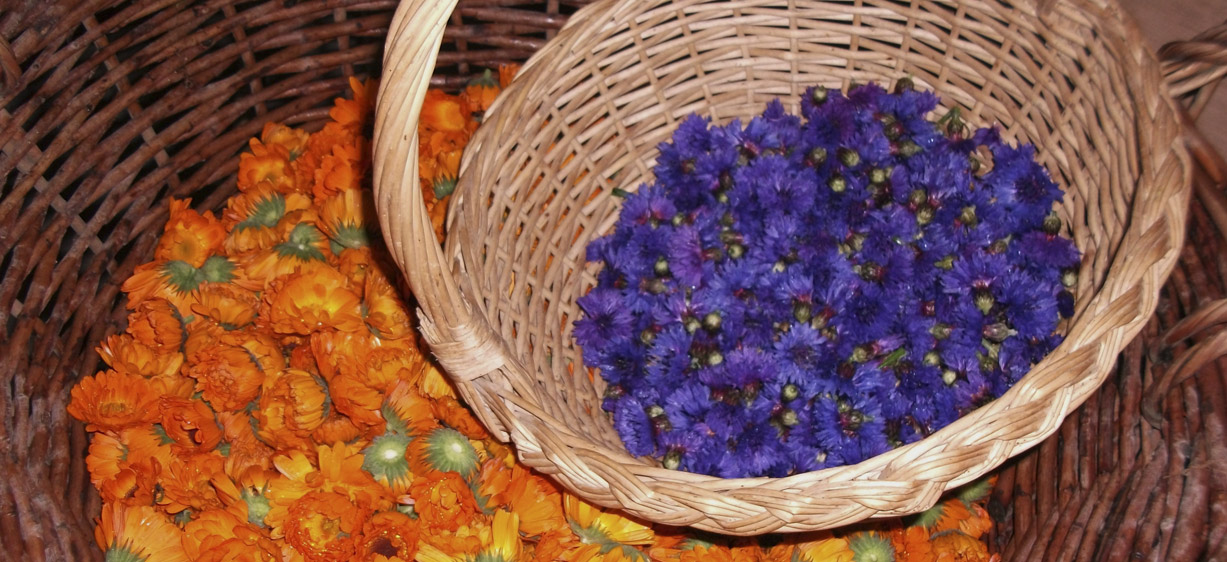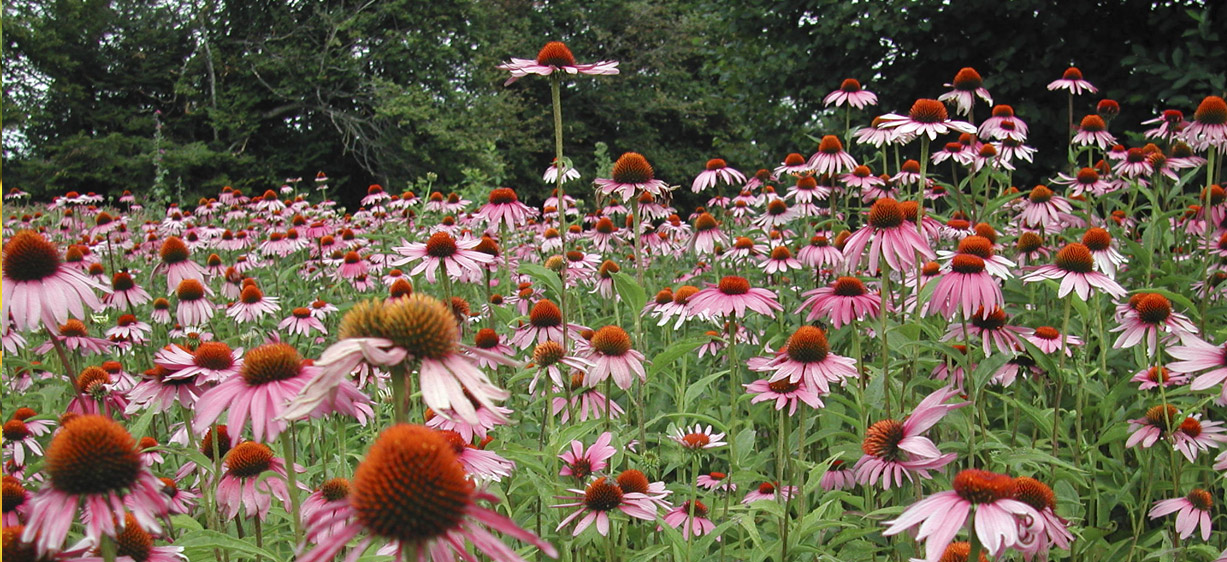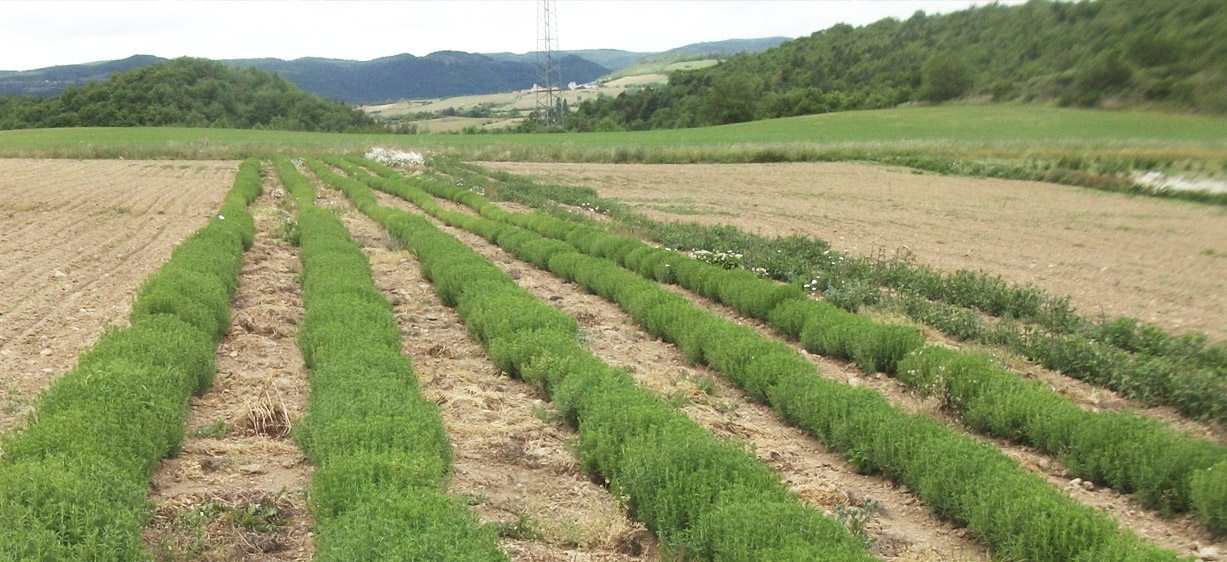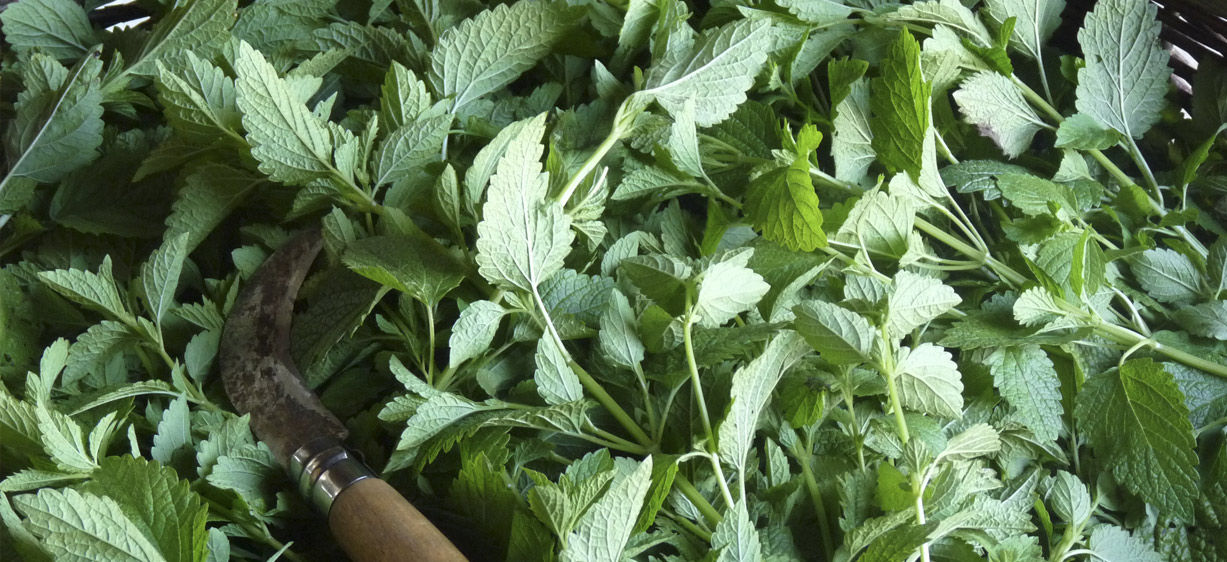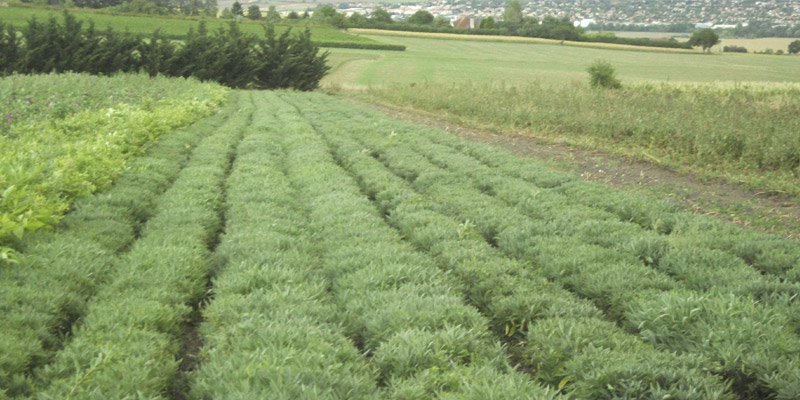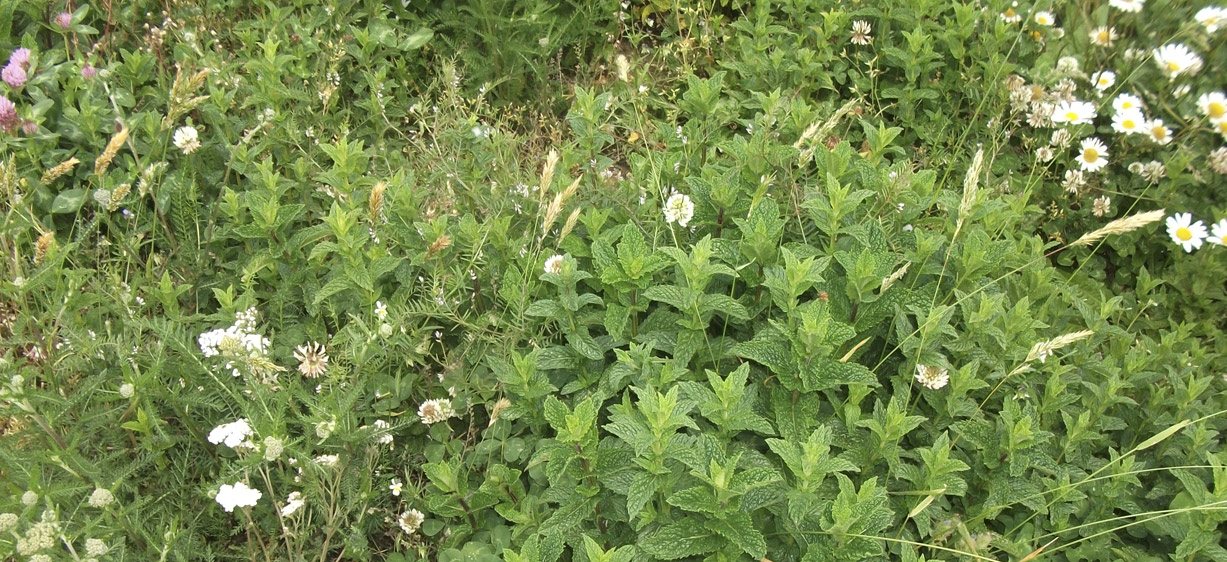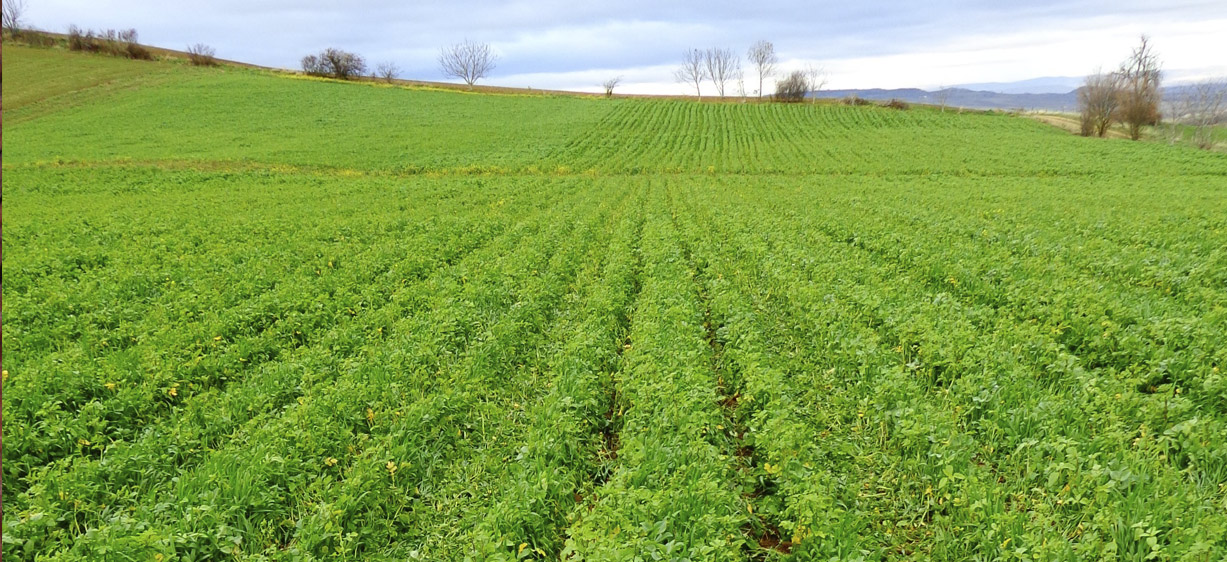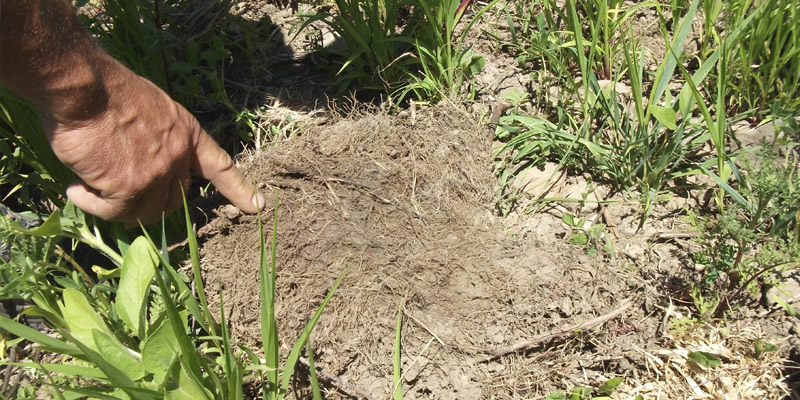Cultivation
Producers and their farms
The cultivation group is a recent addition to the Cooperative. It began in 2008/2009 covering an area of between 4 and 5 hectares which has gradually grown since then. Today the group is made up of around 15 members and it is becoming increasingly professional.
The production of cultivated plants has allowed the Sicarappam to broaden its product range as far as both quality and quantity is concerned. Consequently it can offer its customers a wider range of basics (mint, lemon balm, camomile…) for firstly the herbal sector and then for other markets.
The producers are spread over a large area. Some of them have farm on plains, others in the mountains and they all grow organic crops.
This geographic diversity provides very different soils and weather conditions: soils that differ in fertility, with rainfall that ranges from less than 600 mm to more than 1,300 mm a year.
Such diverse conditions have enabled the cultivation of over 50 different plants and more recently, the culture of what is known as “wild” plants, such as Arnica montana*, gentian, the small-flowered willow herb, etc.
Small farms can also meet more specific demands for plants that are currently protected, for example peony, for use in homeopathy.
Moving towards sustainable farming
Since 2014, the Sicarappam has encouraged its producers to start working within the framework of “conservation agriculture”.
Depending on the farm and the nature of the soil, the producers all use alternative tools to improve the soil’s structure and fertility whilst reducing the carbon footprint of their activity.
Tools available:
- Bio-strip till, permanent soil cover,
- inter-culture cultivation of green manure crops,
- inter-cropping with symbiotic plants that favour mycorrhization,
- crop rotation to reduce pest pressure specific to a certain crop, etc.
